Research
 Conboy Group
Conboy Group
The Conboy Group is actively developing novel analytical and bioanalytical techniques for the exploration of interfacial phenomena in biology and chemistry. We are currently pursuing research into the dynamics and structure of lipid membranes and the development of label-free methods for detecting protein and small-molecule adsorption to interfaces. Our laboratory uses a combination of nonlinear optical spectroscopies in conjunction with biological and electrochemical methods to achieve these objectives. Please peruse the selection of publications from our group listed below for more information about our research.
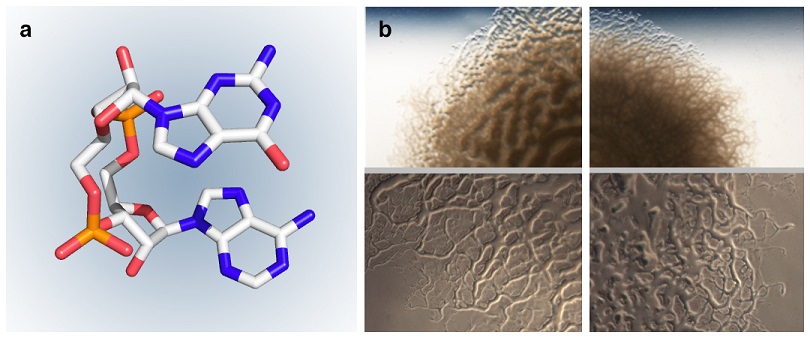 Hammond Group
Hammond Group
Research in the Hammond Group focuses on developing novel fluorescent biosensors and probes to understand how bacteria interact with surfaces. We apply these molecular tools in fluorescence microscopy and flow cytometry to ‘watch’ enzyme activities in real-time in single cells. We are studying many systems of bacterial-surface interactions, from biofilm formation to electricity-producing bacteria on electrodes and mineral oxides to bacteria forming nanotube ‘straws’ that extract nutrients from neighboring cells.
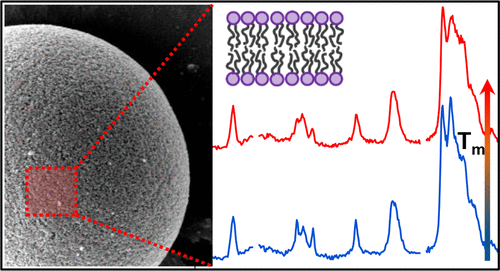 Harris Group
Harris Group
The research of the Harris Group is centered on novel approaches to chemical microscopy, which allows them to probe interfacial chemistry in sub-femtoliter volumes. They have developed methods for depositing lipid bilayers in porous particles, for studying the binding of proteins to surface-immobilized ligands, and for investigating molecular adsorption and transport in individual porous particles. Their chemical microscopy methods include vibrational (Raman) spectroscopy, for determining interfacial composition and structure, and single-molecule fluorescence imaging, for observing dynamics of individual molecules and for ultra-sensitive chemical analysis.
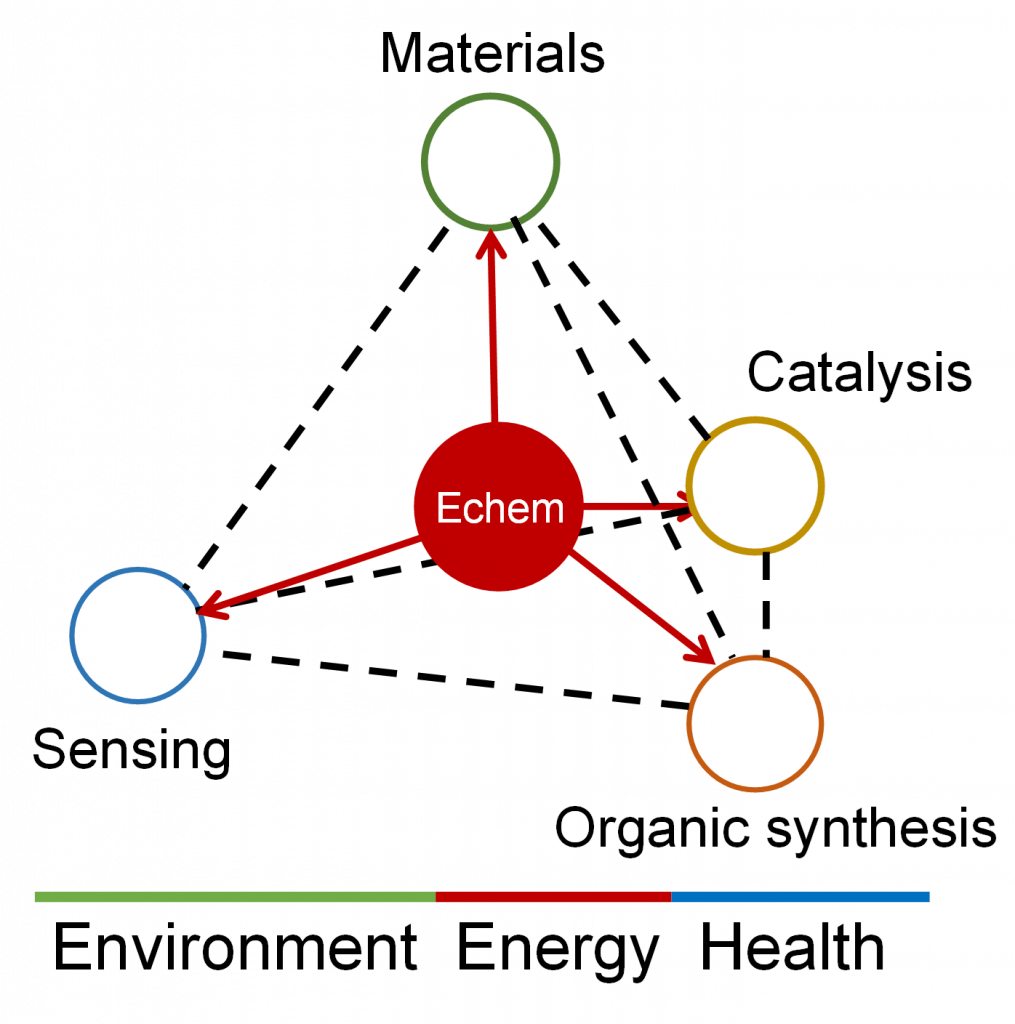 Luo Group
Luo Group
The Luo group is actively exploring the interdisciplinary frontiers of chemistry to address major challenges in the environment, energy, and health. They design, discover, and synthesize new functional materials and molecules. They also develop novel analytical methods, tools, and devices. The group values both in-depth fundamental understanding and real-world problem-solving. Current research focuses include temporal and spatial control of electroorganic synthesis, isotope labeling of pharmaceuticals, catalytic gas sensing, catalytic grain boundary materials, and rare earth element recycling.
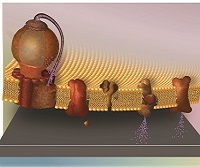 Minteer Group
Minteer Group
The Minteer Group focuses on improving the abiotic-biotic interface between biocatalysts and electrode surfaces for enhanced bioelectrocatalysis. These biocatalysts include microbial cells, organelles (mitochondria and thylakoid membranes), redox proteins, and oxidoreductase enzymes. We design electrode structures for enhanced flux at electrode surfaces for biosensor and biofuel cell applications. The group utilizes a variety of electroanalytical techniques (linear polarization, cyclic voltammetry, differential pulse voltammetry, differential pulse amperometry), as well as a variety of biological and spectroscopic techniques to accomplish these goals.
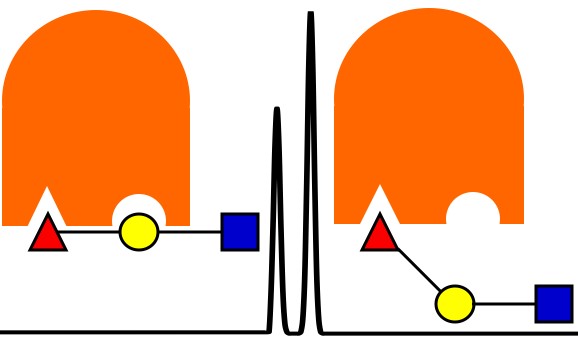 Nagy Group
Nagy Group
Research in the Nagy Group is interested in better understanding how, why, and what, specific human milk oligosaccharides (HMOs) influence the relationship between the brain, gut, and immune system of an infant. To solve this puzzle, we are actively developing a bioanalytical workbench consisting of a new multidimensional separations platform to be used in conjunction with various solution and gas-phase chemical probes to enable better separation and characterization of this highly diverse class of unconjugated glycans. Additionally, we are exploring the use of accelerated reactions in microdroplets to permit rapid syntheses of biomedically-relevant glycan standards.
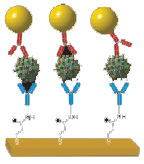 Porter Group
Porter Group
Porter groups aims at developing innovations central to the discovery and rapid screening of promising therapeutic compounds, nanomaterials, biomaterials, and biocatalysts. By creating high-throughput methods and miniaturizing analytical instrumentation, we are examining issues related, for example, to: (1) micro- and nanoelectronic and magnetic devices, (2) biosignatures for health and security, (3) chip-scale diagnostic platforms, and (4) chemical interaction databases.
 Shumaker-Parry Group
Shumaker-Parry Group
The Shumaker-Parry group investigates novel nanomaterials for catalysis, photovoltaics, spectroscopy, and chemical and biological sensing through interdisciplinary research. Our approaches focus on nanoparticle synthesis and assembly, nanostructure fabrication, interfacial chemical analysis, and studies of physical properties of the nanomaterials. We use a wide range of materials characterization and spectroscopy tools depending on the scientific question under investigation. Our research emphasizes both fundamental investigations to elucidate material properties, including interfacial chemistry, as well as applications of the materials to meet challenging problems from catalysis to medically-relevant assays for diseases such as Multiple Sclerosis.
 White Group
White Group
The White group is an interdisciplinary team that applies principles grounded in electrochemistry to advance understanding of a wide variety of physical systems. Systems currently investigated within the group span the physical, analytical and biological sciences. These include nano-pore/pipette based sensing, measuring and delivery of nanoscale particles; protein ion channel electrical measurements of nucleic acids; theoretical and electrochemical scanned probe investigations of solid-state batteries; experimental measurements and theoretical analysis of ionic transport in confined geometries; and fundamental studies of electrochemically generated nanobubbles.
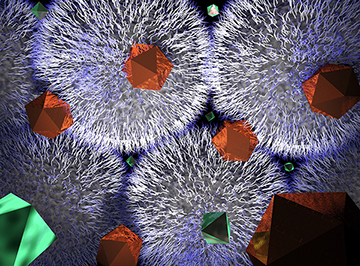 Zharov Group
Zharov Group
Current research in Zharov group is divided between three main areas: (1) functional membrane materials for energy and separations, (2) functional nanoparticles for biomedical applications and catalysis, and (3) nanoconfinement effects on chemical reactivity and on physical properties of hydrocarbons. Within these areas, the following projects are ongoing: (1) self-assembly of polymer brush nanoparticles into porous supercrystals, (2) ion-conducting membranes from self-assembly of polymer brush nanoparticles, (3) tailoring the nanoenvironment of diamond-supported noble metal nanoparticles for control of catalysis, (4) degradable silica nanoparticles, (5) investigation of nanoconfinement effect on reactivity of aryl cyanate esters, and (6) fluid-solid interactions inside nanopores.
